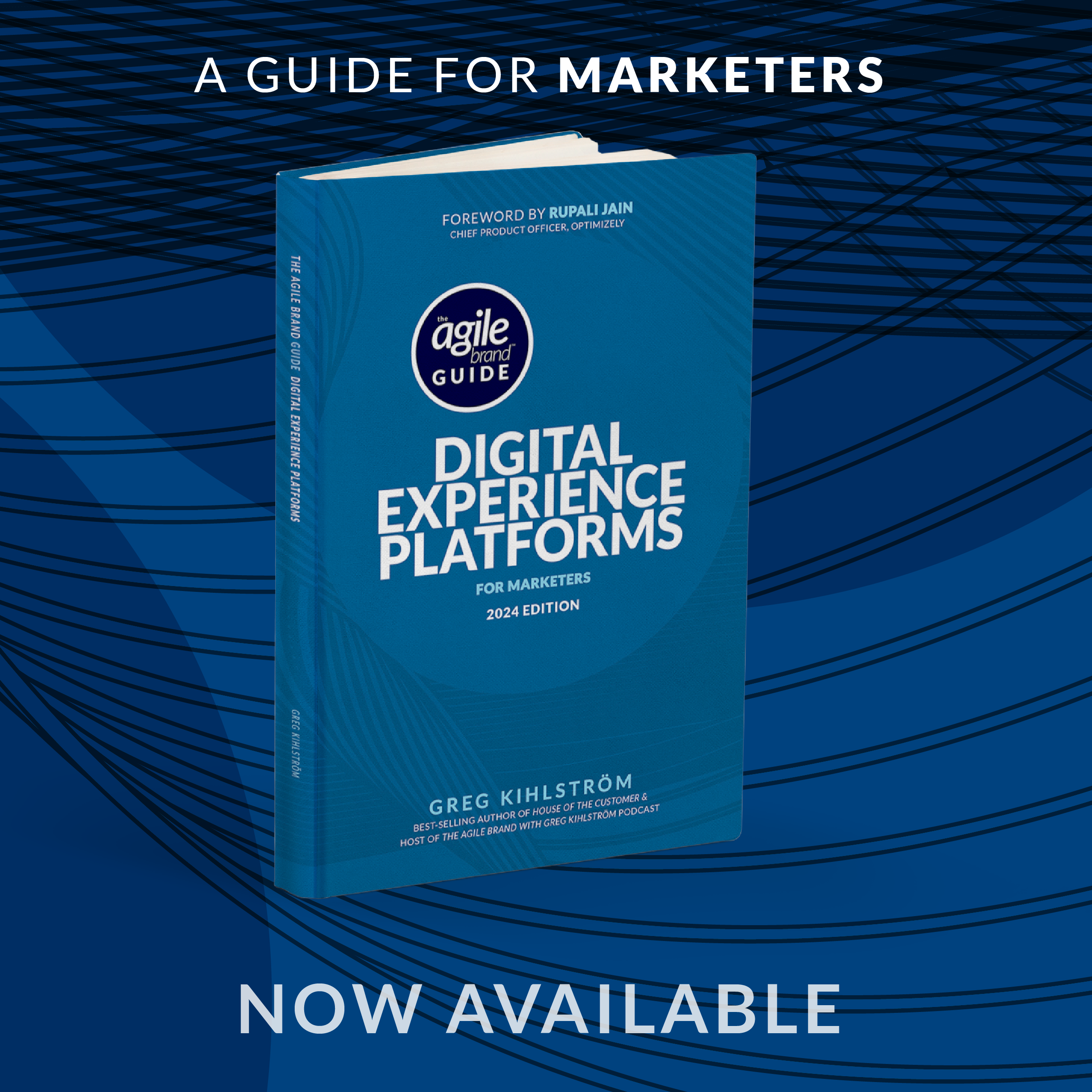This article was based on the interview with Featuring insights from Carey Cockrum, Director of Consulting at Cella by Greg Kihlström, AI and MarTech keynote speaker for The Agile Brand with Greg Kihlström podcast. Listen to the original episode here:
Retail marketing isn’t just moving fast—it’s accelerating toward something closer to chaos. Consumers scroll, click, and buy across platforms at a pace that outstrips most brands’ ability to plan, let alone personalize. Add in the pressure of AI-driven expectations, the rise of TikTok commerce, and the ever-creeping start to the holiday season, and it’s clear: reactive retail is over. To survive 2025 and beyond, marketers must flip the model—using data to anticipate demand, AI to accelerate decisions, and social channels to drive engagement before consumers even know what they want.
That’s the perspective of Carey Cockrum, Director of Consulting at Cella. With 30 years of experience guiding brands like Wendy’s, Fruit of the Loom, and Humana, Cockrum now helps enterprise marketing teams optimize operations and adopt smarter tools to keep pace with both consumers and competitors. In this conversation, she unpacks the trends reshaping retail marketing, the role of AI in content and campaign management, and why planning for the holidays in January is already a bit late.
From Bold Tech to Subtle, Everyday Wins
Speed, Data, and the AI Imperative
Cockrum doesn’t mince words when it comes to what’s driving change in retail: speed is everything. Consumers expect tailored experiences not just across platforms, but in real time. “Consumers are moving at the same speed that our technology is,” she says. “They expect to be known faster… they want things to show up where they are.” That means real-time product previews, hyper-personalized offers, and frictionless buying experiences—all delivered without delay.
For marketers, the only way to keep up is to embrace AI—not just for content creation, but for decision-making. Cockrum is clear on the point: it’s not about whether AI will replace marketers, but how it will empower them. “AI can’t replace what we do. The human element is vital. What it does is serve things up faster.” It’s the enhancement model: marketers stay in the driver’s seat, but AI acts as the navigation system, recalculating based on live traffic—of both data and customer intent.
She points to Yum Brands, the parent company of Taco Bell and KFC, as a standout case. They’re using AI to personalize email campaigns at the individual level, optimizing send times, subject lines, and content based on real-time behavioral signals. Other brands are deploying AI to dynamically generate imagery and copy variations at scale—customizing creative not just by audience segment, but by moment of need.
From Social Scrolls to Shopping Carts
Few platforms have shaken up the retail marketing world like TikTok. What started as a Gen-Z dance trend is now a commerce engine where a well-timed tutorial or review can spark product sell-outs overnight. Cockrum notes that brands are using TikTok not just to advertise, but to build cultural cachet. “It’s the new word of mouth,” she says. “Real people demonstrating real products in real time.”
She also emphasizes the importance of not just working with big influencers, but enabling employee-generated and customer-generated content to drive authenticity. First-look exclusives, behind-the-scenes videos, and trend-driven challenges all allow retailers to participate in culture rather than simply buying attention.
It’s not just about views or likes—social is now a measurable conversion engine. As Cockrum sees it, smart retailers are integrating social listening with campaign planning, feeding insights from platforms like TikTok back into product development, merchandising, and media buying. The goal? Build campaigns that don’t just chase trends—they start them.
The Holiday Shopping Season Starts in January
If your team isn’t already working on holiday 2025, Cockrum suggests you might be behind. “Consumers are shopping all the time now,” she says. “They want to avoid stress, they want to get ahead, and they want what’s trending—now.” This perpetual retail mindset means that the traditional peaks of Black Friday and Cyber Monday, while still significant, are part of a longer and more distributed buying season.
In fact, she notes that in-store traffic for Black Friday fell nearly 8% in 2024, with mobile accounting for over 57% of Cyber Monday purchases. “Retailers are stretching the season,” she says. “Black Friday doesn’t start the day after Thanksgiving anymore. It starts when the consumer is ready.”
For marketers, that means a bigger planning window, more content cycles, and tighter feedback loops. Campaigns must be nimble enough to respond to what’s trending in October and flexible enough to adapt by December. “You’ve got to keep reading, evolving, and pushing,” she advises. “If trends pass, you need to be able to shift fast—or extend what’s working even further.”
Conclusion
Retail marketing in 2025 is about speed, insight, and action. Brands that succeed will be the ones that embrace AI not just for efficiency, but for foresight. They’ll track real-time data signals not just to react—but to anticipate. And they’ll treat platforms like TikTok not as channels, but as ecosystems where content, commerce, and community collide.
Cockrum’s guidance is clear: invest in the infrastructure to understand your data, staff the teams to act on it, and train your AI tools to elevate—not replace—the people behind the brand. Start by auditing your tech stack. Are your data tools integrated? Are they being used? Do you know where your audience is scrolling today? If not, it’s time to catch up.
And if you haven’t already secured your holiday campaign roadmap, the clock’s ticking. Because in a world where consumers expect everything—personalization, authenticity, immediacy, and inspiration—you can’t afford to be late.
The future of retail isn’t about planning for December. It’s about planning for whatever tomorrow brings—and being ready to deliver it at full speed.










